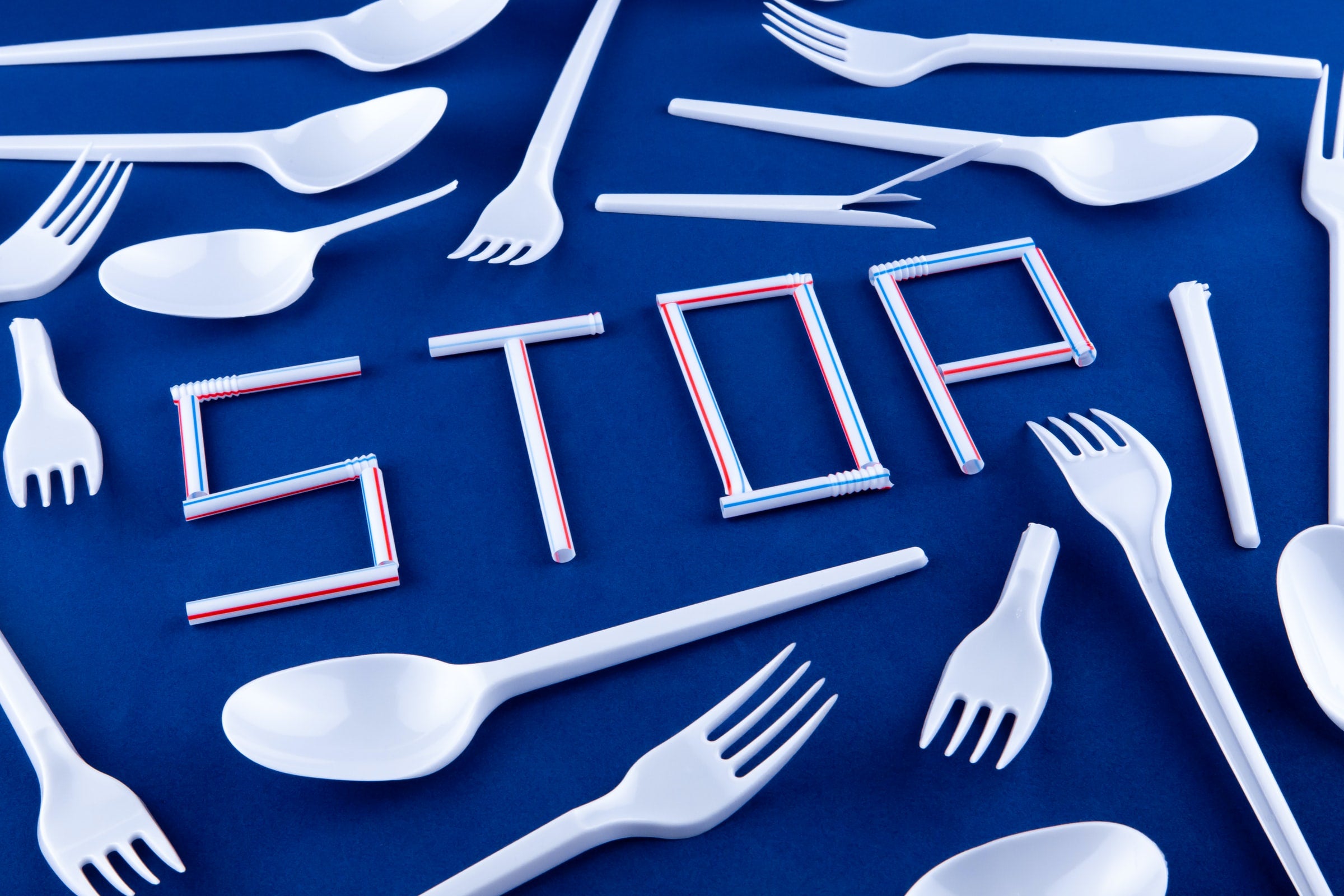Ditch the Disposables: 6 Tips to Help Hikers Use Less Plastic

(Photo: Volodymyr Hryshchenko)
If you’ve ever stopped in a town near a long-trail, you’ve probably seen hikers re-packaging their food. We trade cookie tins and cartons for Ziploc bags, creating a compact food bag. And by the time we’ve completed our weekly resupply, many of us end up with a pile of trash that’s destined for the landfill.
This re-packaging makes it possible for us to support ourselves as we travel on foot, but it also means that we leave behind a large trash footprint in the places we love. With a little planning ahead, it is possible to cut down on the garbage you leave behind.
Dig Through Hiker Boxes for Mystery Items
Yes, we know that eating something you found in a free box can seem frightening. But chances are that someone put a lot of thought into those meals before hitting the trail. Not only is it better for the environment to score some hiker box goodies along your journey, but these items will also be no-cost, which is great for anyone who’s on a budget.
Dehydrate Your Own Meals
Dehydrating your own meals takes a bit of effort and forethought, but it’s a great option for a number of reasons; Since you can dehydrate just about anything, you won’t have to go without your favorite home-cooked meals while you’re out on trail, you can dehydrate in bulk, and you can even package your meals in compostable or biodegradable sandwich bags. Factor in the high energy cost of commercially freeze-drying food (seriously, Google it) and this is a no-brainer for reducing both garbage and carbon footprints.This is also a great option for those who have dietary restrictions.
Shop in Bulk and Split Your Grocery Bill
As they journey up and down the United States, many hikers unite in trail families, hiking together and doing their chores as a group. Take advantage of group travel while you’re in town by shopping in bulk and splitting your grocery bill with other hikers. Hit up a store like Costco and you can purchase items like oats and bread in large quantities and divide it up among several people. Not only will it be less wasteful to split your grocery bill, it’ll also be more affordable. A couple of reusable zippered plastic bags are all you’ll need to carry your share.
Use a Menstrual Cup, or a Sponge
Nobody who menstruates likes to carry period waste with them as they travel through the mountains. But it’s also unethical and potentially damaging to local habitats to bury your tampons, which means you have to carry them out. However, there’s another option to carry less waste while covering your period needs: Consider using a menstrual cup or a sponge. These options are reusable and lightweight options for hikers. Additionally, while most users have to change out their tampons every few hours, the average menstrual cup needs to be changed just twice per day. Depending on the item, you’ll be able to use it for between 6 months and 10 years.
Carry Less Plastic
Have you ever heard of bamboo toothbrushes? These brushes take just 3-4 months to decompose as opposed to plastic toothbrushes, which can take as many as 1000 years. Today, the cost of investing in environmentally-friendly options like a bamboo toothbrush is about the same as it would be to get a standard toothbrush. You can also opt to use bars of soap and shampoo instead of plastic containers full of liquid. And it’s even possible to find biodegradable coffee and tea filters.
If you do end up purchasing plastic items, be on the lookout for ones that can be reused, like that sturdy beef jerky bag that traps odors or the dense Gatorade bottle that makes a great denatured alcohol carrier.
Avoid Disposable Plastic On the Road
While we’re traveling, it can be extremely easy and convenient to take advantage of items like plastic bottles, silverware, coffee cups, and take out containers. But these choices contribute to a substantial amount of waste. Humans across the globe buy about 1,000,000 plastic bottles per minute, and less than a quarter of those bottles are ever recycled. We collectively use and then trash about 40,000,000,000 pieces of plastic cutlery each year.
Luckily, hikers have an advantage in that they carry their homes on their backs. We’ve already adapted to carrying food and water in a sustainable way, and we carry our own utensils. So, when you get to town, consider staying prepared by bringing your mess kit to the restaurant with you. And don’t be afraid to use your camp mug for that steaming cup of coffee.